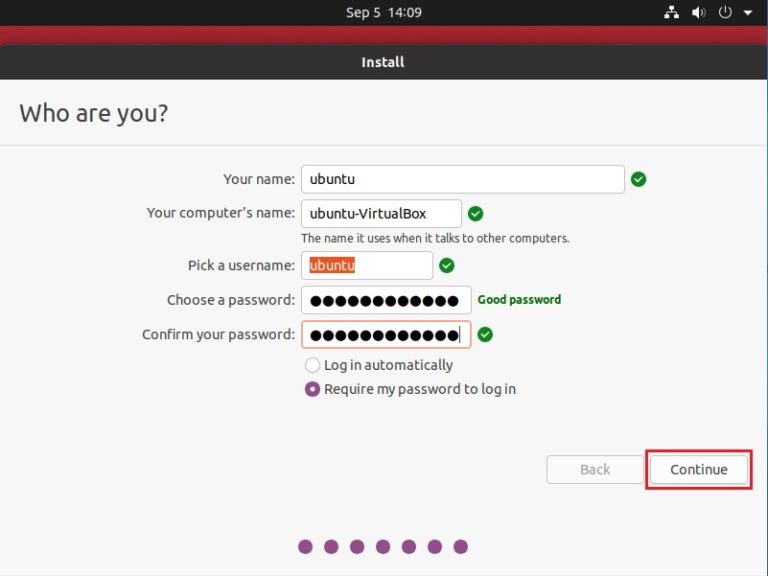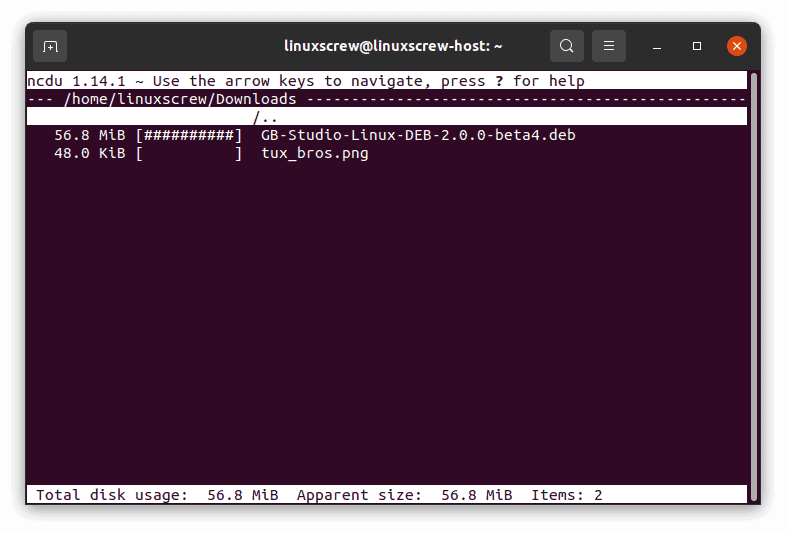

b, -basename Match only the base name against the specified patterns. From man locate: locate reads one or more databases prepared by updatedb (8) and writes file names matching at least one of the PATTERNs to standard output, one per line. Using find to Find a Specific Word in a File For fast search (but not definitive): locate -br settings.xml. If you’re getting many distracting errors about files that don’t exist, can’t be read, or have inappropriate permissions, pass this so that grep can stick to showing you matches it finds. The ls command writes to standard output the contents of each specified Directory or the name of each specified File, along with any other information you. For various ways to set the log verbosity level, see Configure.
• -R – As with -r, grep will do a recursive search through all subfolders, but this specific flag will follow symbolic links (shortcuts). See the ponent.This is especially useful for programmers or people looking through large config files. src/emacs -prune -o -print Note that the pattern match test applies to the whole file name, starting from one of the start points named on the command line. -n – Show line numbers next to matches. For example, to skip the directory src/emacs' and all files and directories under it, and print the names of the other files found, do something like this: find.For example, searching for “Kraken” will return a result when grep finds matches for “kraken” or “kRaken”.



 0 kommentar(er)
0 kommentar(er)
